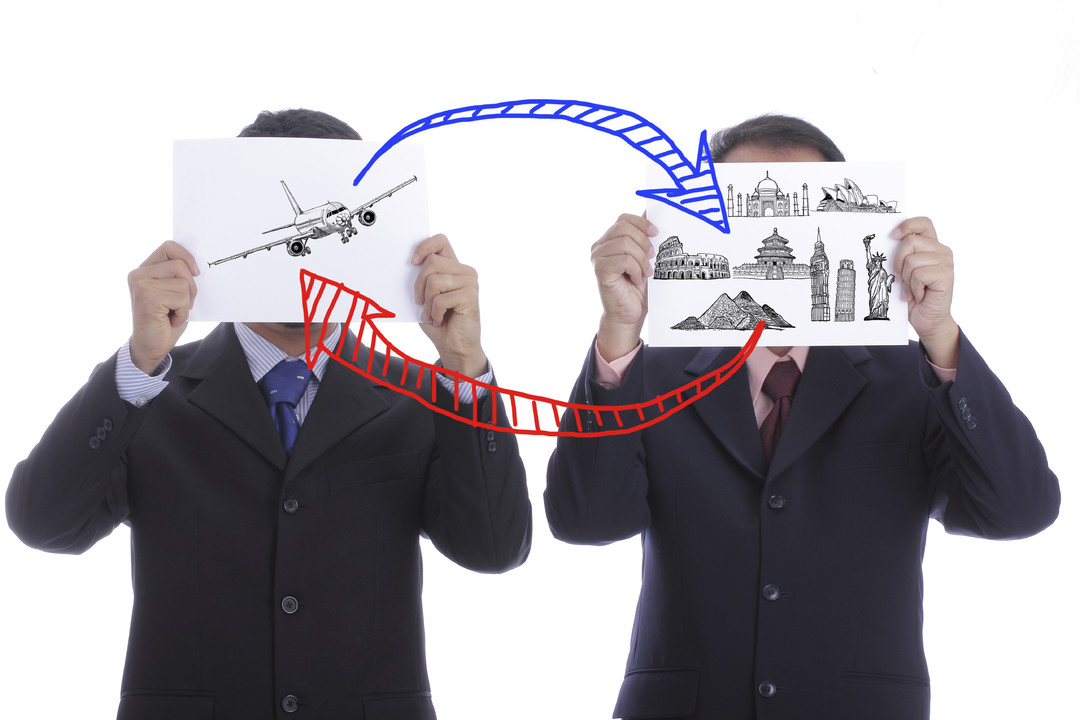When you have come up with as many ideas as possible, it is important that you and your team use similar disciplined approaches to refining and selecting the most appropriate ideas and transforming them into implementable solutions. The following tools can help you to achieve this:
POINT: This is a mnemonic that stands for Plusses, Opportunities, Issues and New Thinking. It’s meant to be used to build on other people’s ideas by giving them feedback on the idea exploring what they have done well (Plusses); how they can build on this (Opportunities); what they haven’t done well (Issues); and new ideas to improve the original idea (New Thinking). Using POINT refines existing ideas and makes them better.
Yes…and…: This tool ensures that you enhance other people’s ideas. The approach is simple, you respond with a yes, and follow with and… and then list out the other features that you believe will strengthen or enhance the idea. This is more positive than the more common “yes…but…” which criticizes in a negative way
Double Star and a Circle: You can simulate the audience for your idea, create a prototype and have the audience vote for the best ideas through an elimination process called Double Star and a Circle. List all the 10 ideas and let the audience indicate the best ideas by placing a star beside it. Then eliminate all those that were not starred, expose audience to the remaining ideas that made the first-cut and let them star the best ideas again. By the third round, ask the audience to draw a circle around the best ideas remaining, and by now you will have the best ideas having two stars and a circle. Prototyping helps and the Double Star and a Circle is an effective way to help you converge on to the best solutions from your divergent ideas.
Use filtering Criteria: For example if you have 5- 10 options for doing something, use filtering criteria to help you decide - it could be time, cost, expertise or something. So, all you have to do is to evaluate each item across each filtering criteria and identify which one had the best score based on the evaluation. To improve decision making, get others to evaluate independently and then aggregate the scores. This way you can narrow down your ideas to the best solutions.




Leave a comment